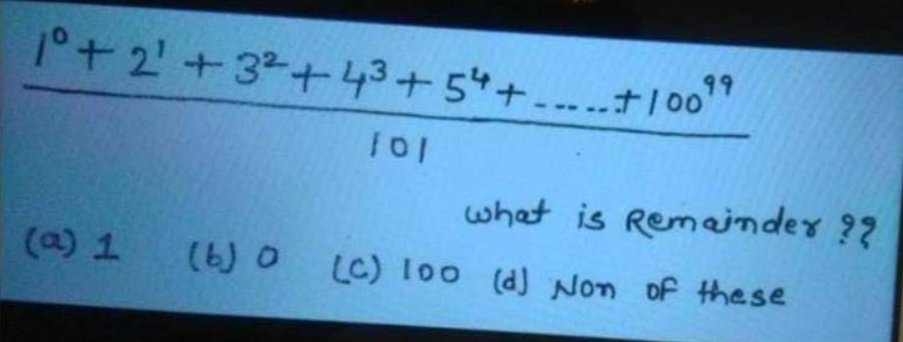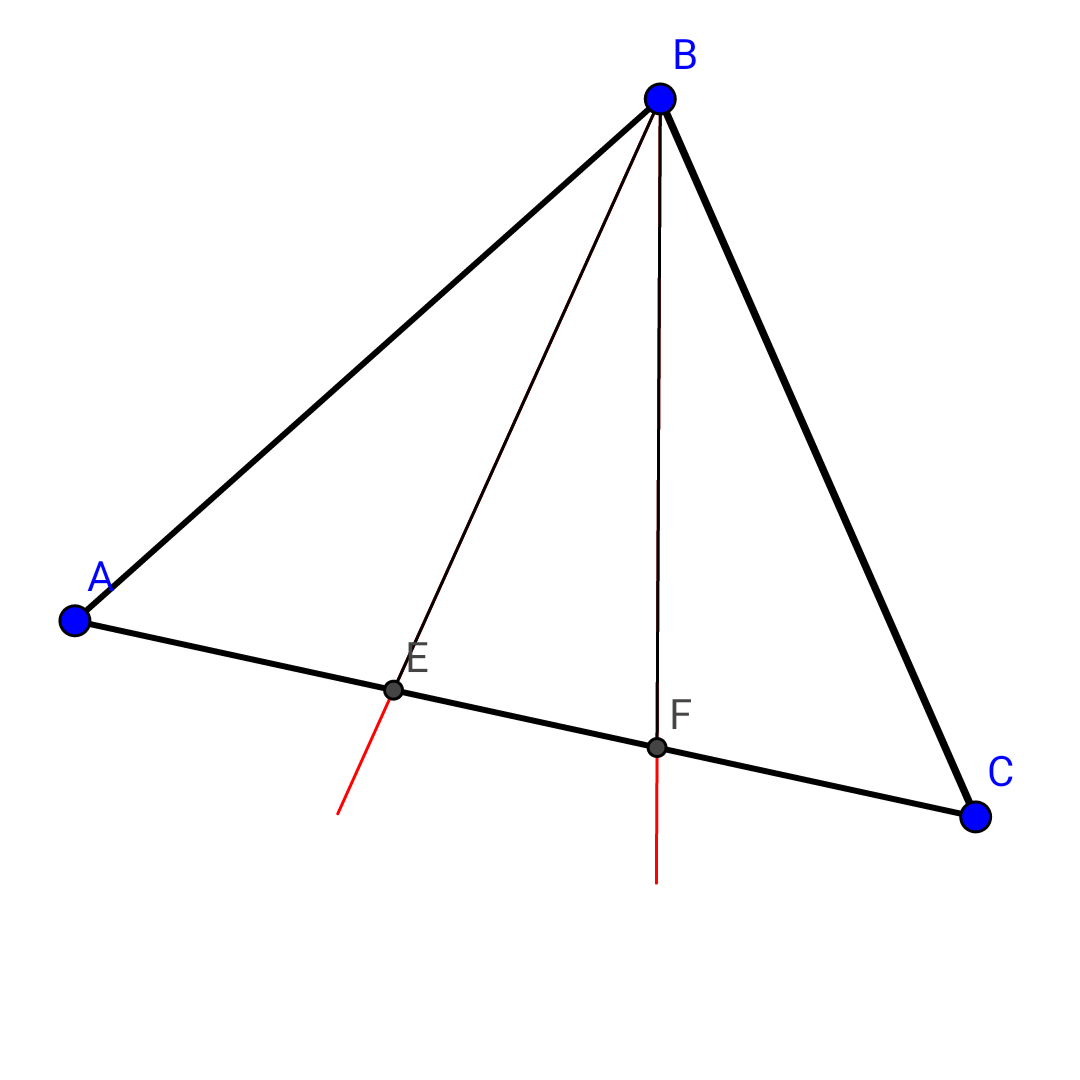
AllQuestion and Answers: Page 1570
Question Number 53114 Answers: 0 Comments: 1
Question Number 53113 Answers: 0 Comments: 1
Question Number 53112 Answers: 1 Comments: 0
Question Number 53108 Answers: 1 Comments: 0
Question Number 53086 Answers: 0 Comments: 1
Question Number 53081 Answers: 3 Comments: 0

Question Number 53080 Answers: 1 Comments: 1
Question Number 53078 Answers: 1 Comments: 1
Question Number 53071 Answers: 0 Comments: 6

Question Number 53066 Answers: 1 Comments: 9

Question Number 53089 Answers: 0 Comments: 0
Question Number 53055 Answers: 0 Comments: 4
Question Number 53063 Answers: 1 Comments: 0
Question Number 53051 Answers: 2 Comments: 0
$$\int\mathrm{sin}\:\left(\mathrm{2}{x}\right)\mathrm{cos}\:{xd}\left({x}\right)= \\ $$
Question Number 53050 Answers: 0 Comments: 0
Question Number 53048 Answers: 0 Comments: 1

Question Number 53043 Answers: 2 Comments: 1

Question Number 53034 Answers: 2 Comments: 0
Question Number 53033 Answers: 0 Comments: 0
Question Number 53031 Answers: 1 Comments: 1

Question Number 53025 Answers: 1 Comments: 1

Question Number 53007 Answers: 0 Comments: 0
$$\mathrm{2}^{\mathrm{x}} ×\mathrm{3}−\mathrm{y}^{\mathrm{2}} =−\mathrm{1} \\ $$
Question Number 52999 Answers: 0 Comments: 6
Question Number 52993 Answers: 0 Comments: 2

Question Number 52992 Answers: 3 Comments: 1

Question Number 52991 Answers: 1 Comments: 1

Pg 1565 Pg 1566 Pg 1567 Pg 1568 Pg 1569 Pg 1570 Pg 1571 Pg 1572 Pg 1573 Pg 1574
